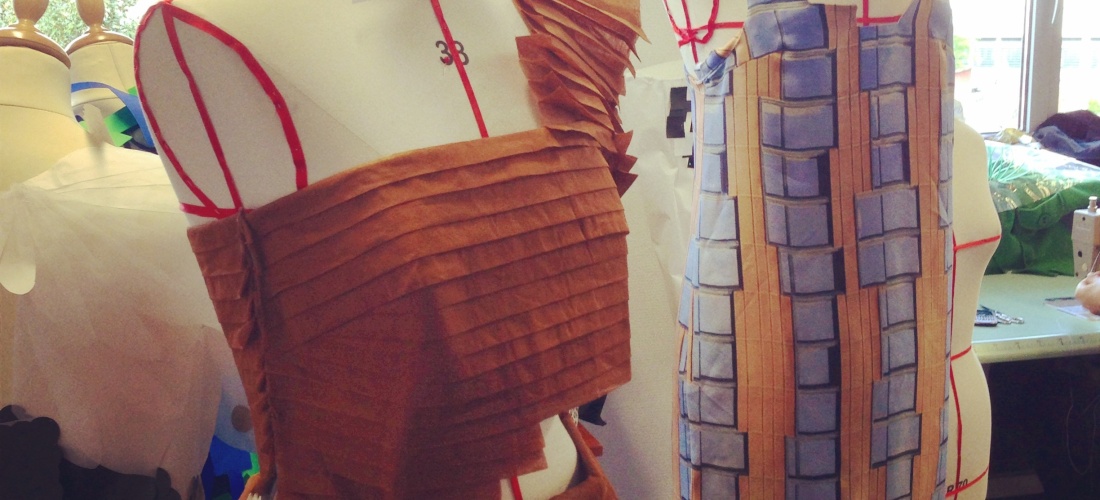Test your creativity and explore different techniques in order to graphically represent clothing, texture and color through a series of various exercises. Peruse fashion magazines and find four male and four female models (photos need to be heat-to-toe). Compile a portfolio of fashion design figurines (64 in total) in which you will show your creative license in sketching proportionally correct models in their various outfits. Start with the construction of your models, then practice different graphic techniques (drawing with your left hand, drawing without looking at your paper, drawing using one continuous line, etc. Next, experiment with paper cut-outs and ink stains. Finally, draw four figurines in mixed technique, along with four male figurines in outfits you create inspired by photos you choose.
Note: this is an exercise and not a final project, so do not feel inhibited to venture outside of your comfort zone in trying new techniques.
Models used for this exercise
Ex 1. Figurine Construction :
Ex 2. Graphic representation : exercise different types of graphic techniques (clockwise from top left – construction, left hand drawing, blind drawing, continuous line drawing)
Ex 3. Cut-outs : using various types of paper (construction paper, magazine cutouts, etc) recreate the models trying to stay as true to colors and textures as possible.
Ex 4. Ink : without doing any prior sketching or graphic technique, represent the models in watercolor and ink, taking advantage of the bleeding and aqueous properties of the technique.
Ex 5. Mixed Technique : represent models using cutout, ink and graphic techniques of your choice
 Ex 6. Menswear Collection in mixed technique : taking inspiration from three male model images, create four tenues for a menswear collection.
Ex 6. Menswear Collection in mixed technique : taking inspiration from three male model images, create four tenues for a menswear collection.



































































































































